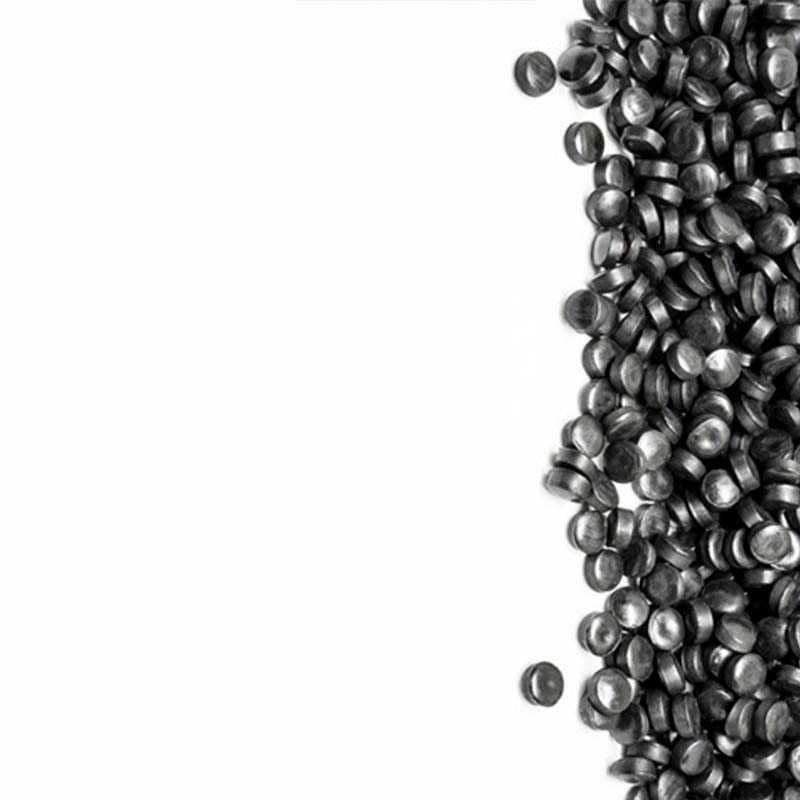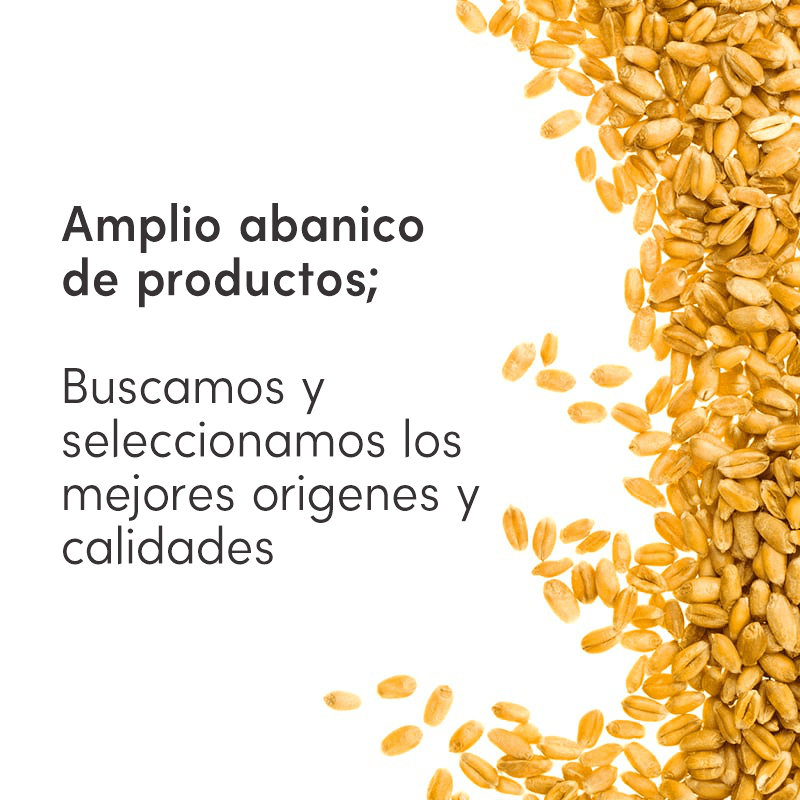
socio
estratégico
Gestión de proyectos

1
Alimentación
Ámplio abanico de productos; Buscamos y seleccionamos los mejores orígenes y calidades

2
Commodities
Calidad y variedad; Siempre con el objetivo de satisfacer a nuestros clientes

3
Ganadería
Selección y eficacia; La mejores razas y ganaderías al servicio de nuestros clientes

4
Recursos naturales
Consigue ventaja competitiva; Asesoramos, gestionamos y proveemos de los recursos naturales que el cliente necesite

5
Materiales plásticos
Gestión y control; Ponemos a disposición de nuestros clientes los mejores materiales plásticos.

6
Nuestros proyectos
Oportunidades y crecimiento internacional; Somos el socio perfecto para todas aquellas empresas que quieran hacer crecer su negocio internacional












